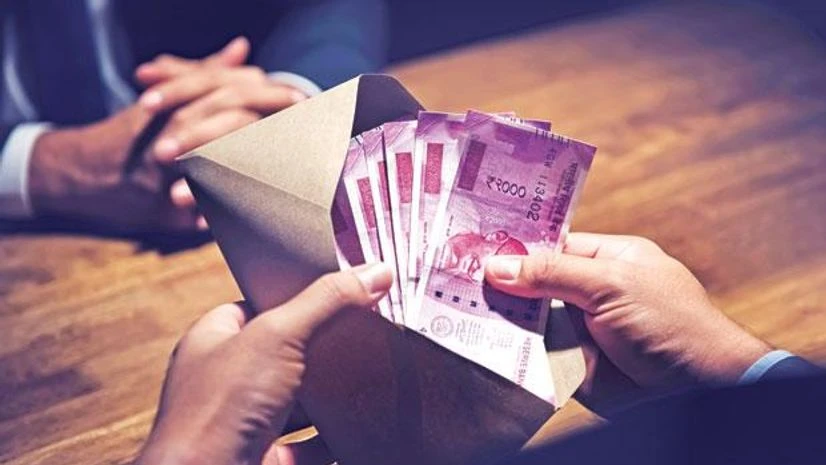)
)
The Reserve Bank of India (RBI) has decided to withdraw the Rs 2,000 note after only seven years of circulation under the ‘Clean Note Policy’. While existing notes will continue to hold legal tender, here is all you need to know about RBI's Clean Note Policy and its impact on the notes in circulation in the country:
What is RBI's Clean Note Policy?The goal of the RBI's Clean Note Policy is to provide citizens with high-quality currency notes and coins while removing worn-out notes from circulation, the Central Bank said in a statement.
The RBI has instructed banks to give the public only clean and good-quality notes, avoiding the recycling of worn-out notes received by them.
To achieve this, the apex bank has installed high-speed Currency Verification and Processing Systems (CVPS) machines at all its offices that deal with currency. These machines could process 50,000-60,000 notes per hour, and old notes were shredded and compacted.
This policy was first announced in 1999. During his tenure as the deputy governor of RBI, Vepa Kamesam worked to update the technology in banks. Under his guidance,the public was encouraged not to write on currency notes, while banks were instructed to offer unrestricted exchange services for soiled and damaged notes.
According to the Reserve Bank's instructions, even non-customers had to be provided with good-quality notes and coins in exchange for worn-out and damaged ones at the currency chest branches of banks.
In October 2018, the new clean note policy was introduced in order to make digital payments more secure.
How does the Rs 2,000 note fall under this policy?The new Rs 500 and Rs 2,000 notes were introduced in November 2016 under Section 24 (1) of the RBI Act of 1934. By 2018-19, the central bank had already printed new Rs 2,000 notes.
The RBI had already stopped printing new notes in 2018-19, less than three years after its introduction.
Last week, RBI said that the value of Rs 2,000 notes in circulation has nearly halved from Rs 6.73 trillion in 2018 to Rs 3.62 trillion as on March 31, 2023.
According to data available on RBI's website, the share of these notes fell from 2.4 per cent in 2020 to 1.6 per cent in 2022.
The rationale behind RBI's announcement is that these notes were introduced to rapidly exchange cash during demonetisation and now there is ample supply of smaller denominations to meet the currency requirements of the country.
Furthermore, there are now enough stocks of banknotes in other denominations that meet the currency requirements of the country and the banknotes are not commonly used for daily transactions.
What happens now?The RBI asked the public to stop using the Rs 2,000 rupee notes on Friday. People have been told to either deposit or exchange their notes for lower denominations. Up to Rs 20,000 can be deposited/exchanged at a time.
On Monday, RBI governor Shaktikanta Das said that the central bank expects all Rs 2,000 notes in circulation to return to RBI by the end of September. Further decision will be taken on the basis of the number of notes that are returned.
A similar step was taken in 2013-14 when RBI had withdrawn all notes issued prior to 2005. The decision was made to counteract the insurgence of counterfeit notes in circulation.